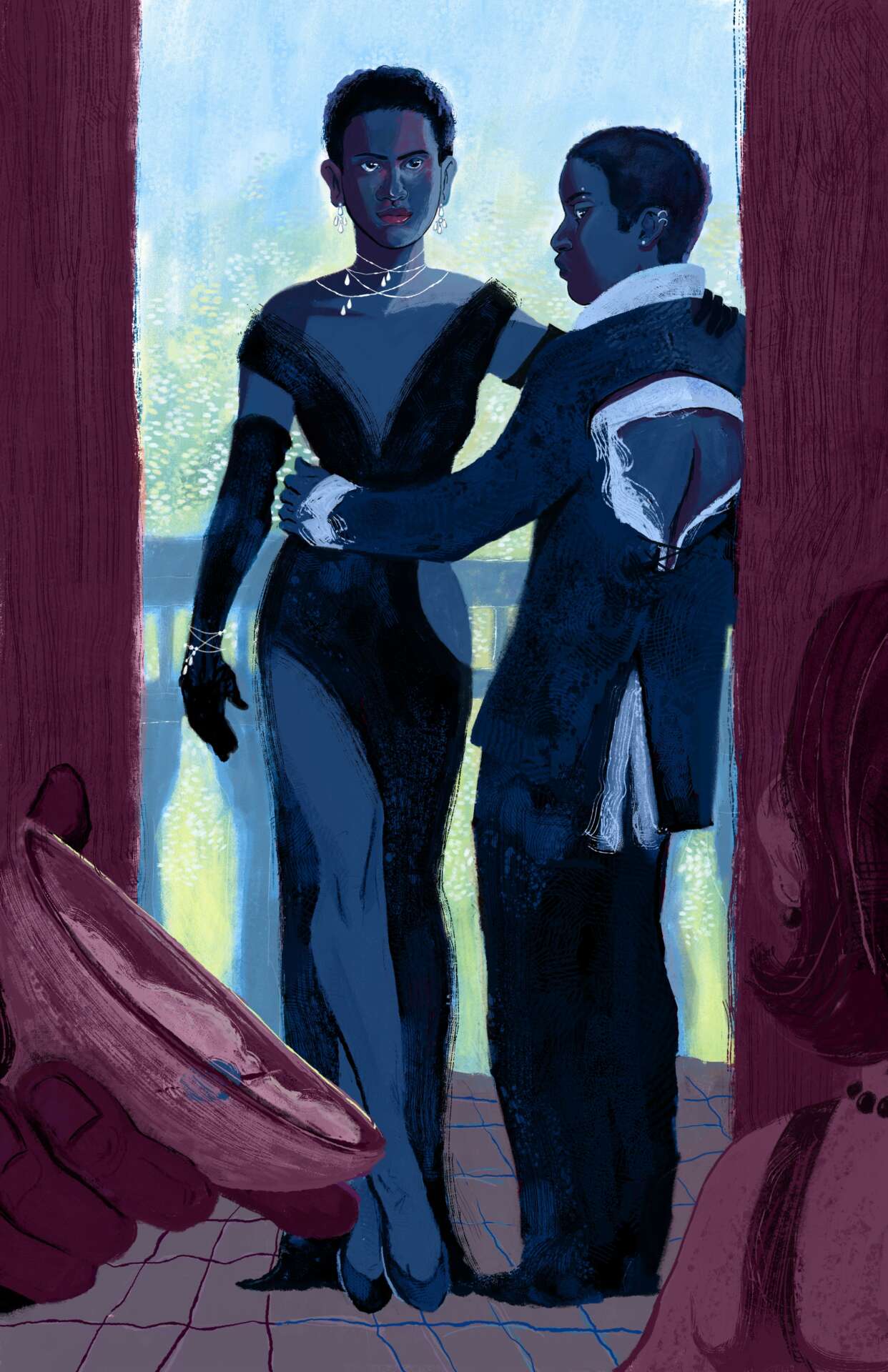We’re excited to introduce you to the always interesting and insightful Maliyah Clark. We hope you’ll enjoy our conversation with Maliyah below.
Maliyah , looking forward to hearing all of your stories today. Did you always know you wanted to pursue a creative or artistic career? When did you first know?
My illustration practice focuses on representing Black characters in the fantasy genre – a category not often seen with people of color. I can be found working in the publishing genre which includes books for adults and children, as well as editorial avenues. I draw inspiration from artists like Thomas Blackshear and his work with POC fantasy scenes. I am looking to address a problem I noticed growing up. As a Black girl, I felt like I rarely saw people who look like me in art, cartoons, comics, and storybooks. Indeed, others have felt the same. Only seeing yourself as a villain or a sidekick can leave you feeling unwanted. I regularly encountered amazing, talented, caring, and kind people of color in my everyday life. So, why can’t media reflect this reality?
I strive to create fantasy art that exists outside of common Eurocentric influences. I relish spending an abundance of time researching, and studying many cultures so I can acutely and thoughtfully depict them in my pictures. I look to contemporary artists such as Tran Nguyen, Samantha Mash, and Yudori Dori. I am inspired by how they are able to meld culture and fantasy together in the same way I do. Aesthetically, Alphonse Mucha finds a wonderful balance of line, decoration, and rendering. By drawing inspiration from the past and present I am able to create art for the future that I want to see. I strongly believe that good representation matters. I know it, and I will make a difference.
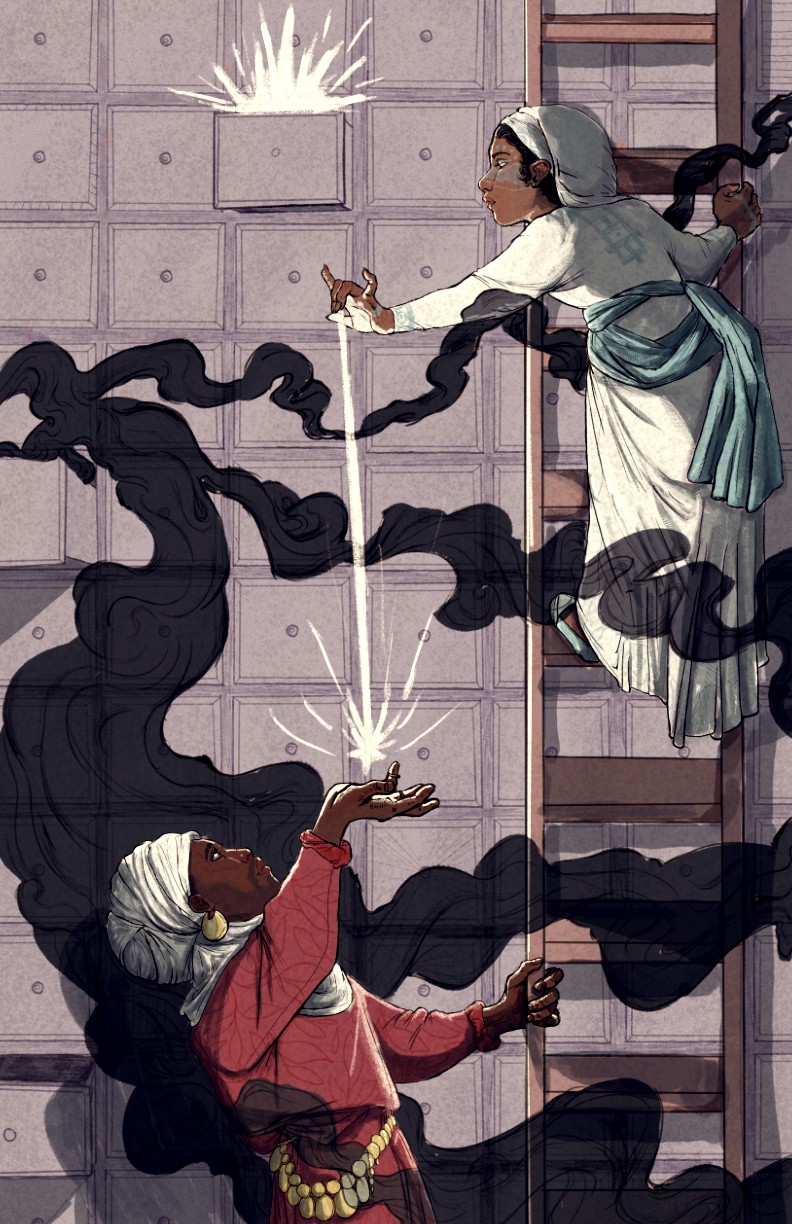
Maliyah , love having you share your insights with us. Before we ask you more questions, maybe you can take a moment to introduce yourself to our readers who might have missed our earlier conversations?
I’m a queer, Black artist. I create narrative illustrations. I mostly focus on cover illustrations or illustrations for children or young adult fantasy. I also create comics to explore more long-form narratives, focused on expressing difficult emotions. I have been drawing for as long as I can remember. I pursued art as a career because I wanted to create the kind of art that I always wanted to see. I also could never imagine myself doing anything else.
For my clients, I can create diverse and whimsical illustrations that don’t put Black people and people of color as an afterthought. I am able to blend grim concepts and emotions into deceptive delicate and peaceful scenes. I’ve been pursuing selling at events and fairs. I create prints, zines, and pins of my artwork so it can be accessible to many people at many different price points. Many of my comics and artwork are free to access online for anyone and everyone.
For myself, I am most proud of being able to create art that I want to see. I often find fantasy artists I love who don’t draw Black people. Or Artists who draw Black people don’t illustrate fantasy scenes. So, I am happy to create fantasy illustrations centering Black people that I and so many others can enjoy, I have worked to create art in my community, and being able to see the direct impact my art can have on others makes me very proud.
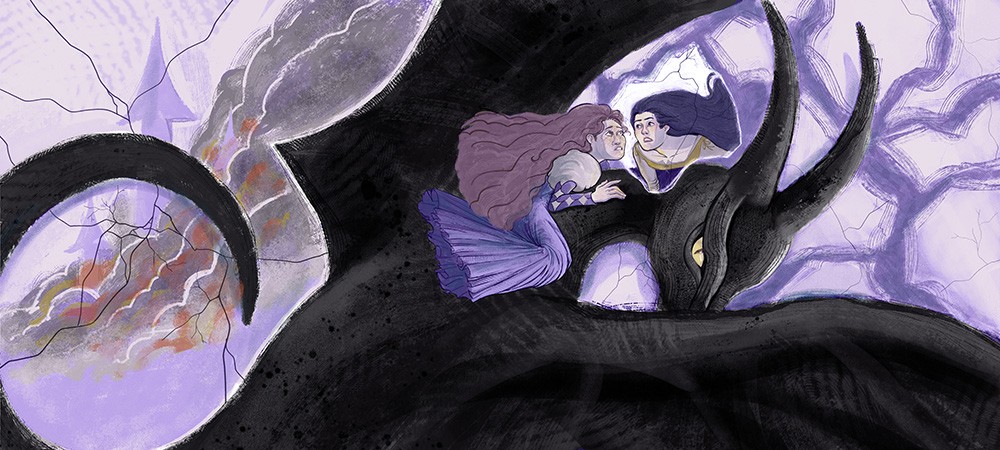
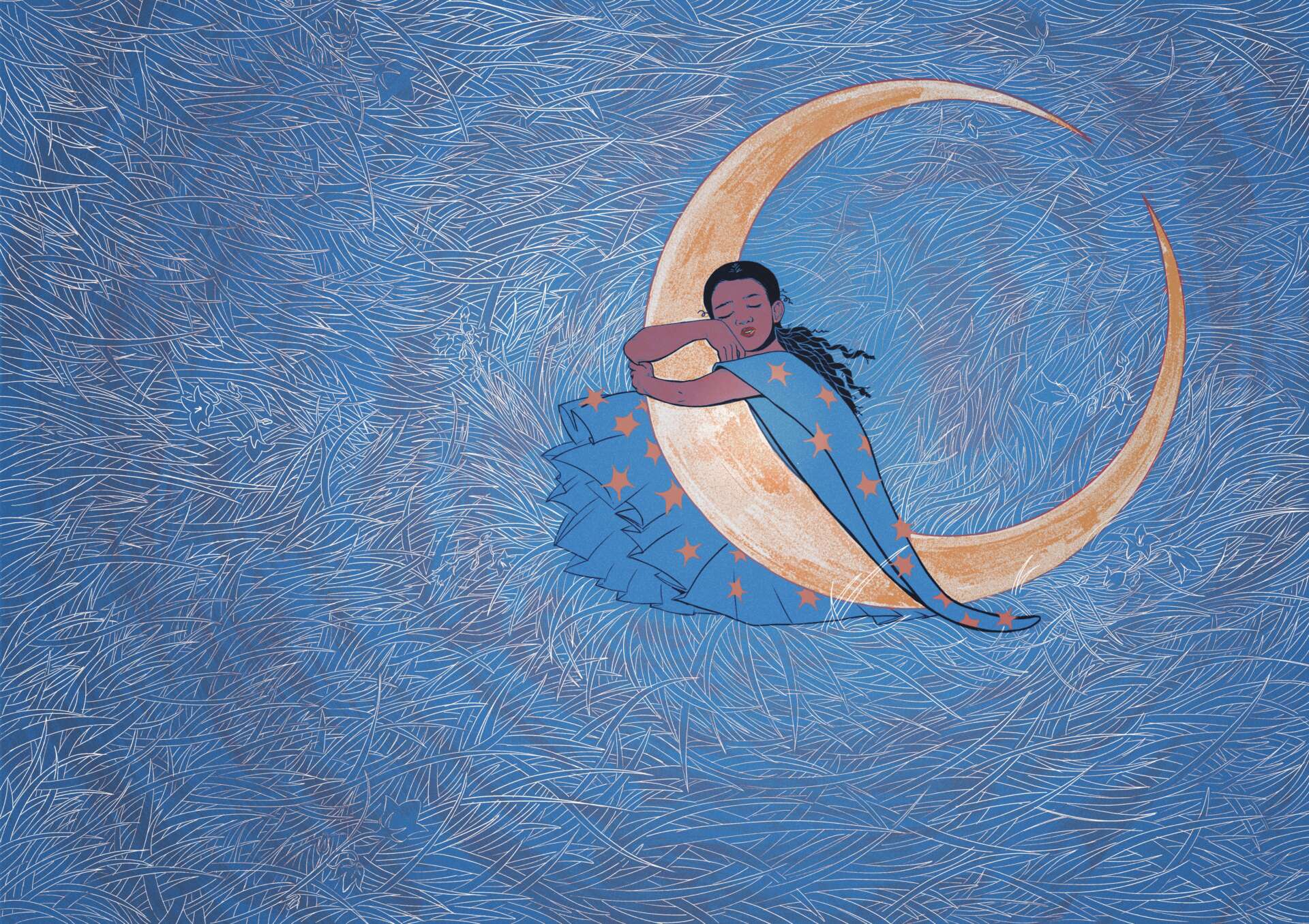
In your view, what can society to do to best support artists, creatives and a thriving creative ecosystem?
I strongly believe the best thing society can do to best support artists and creatives is to properly pay artists for their work. Art in our current society is not fully valued. There is a misconception by none creatives that art should be free and easily accessible for all or no cost. Many believe art is made much faster than it is, but it takes days, months, and years even to create a finished product for others to enjoy. Artists need a proper wage so they can create art now, and for many years to come.
Additionally, I believe having access to third spaces would greatly improve the creative ecosystems. Having a place for creatives to meet, exchange ideas, and help each other would help the creative community thrive. This would not just benefit creatives but the community as a whole.
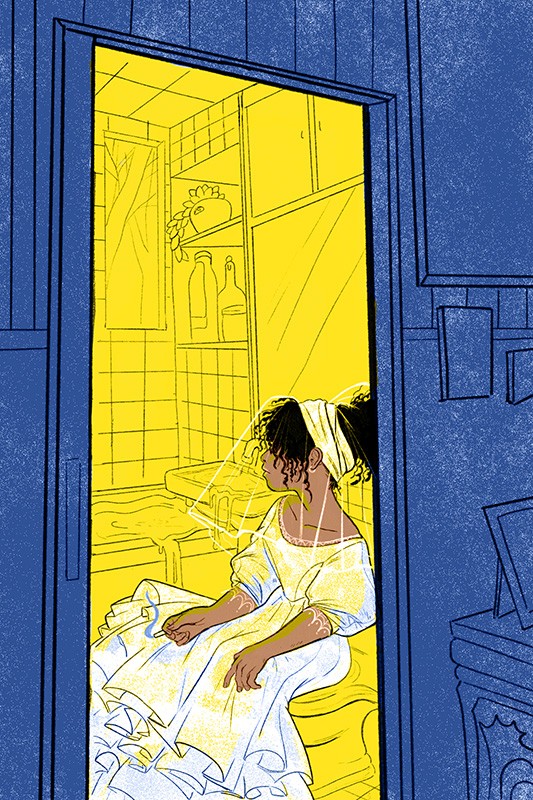
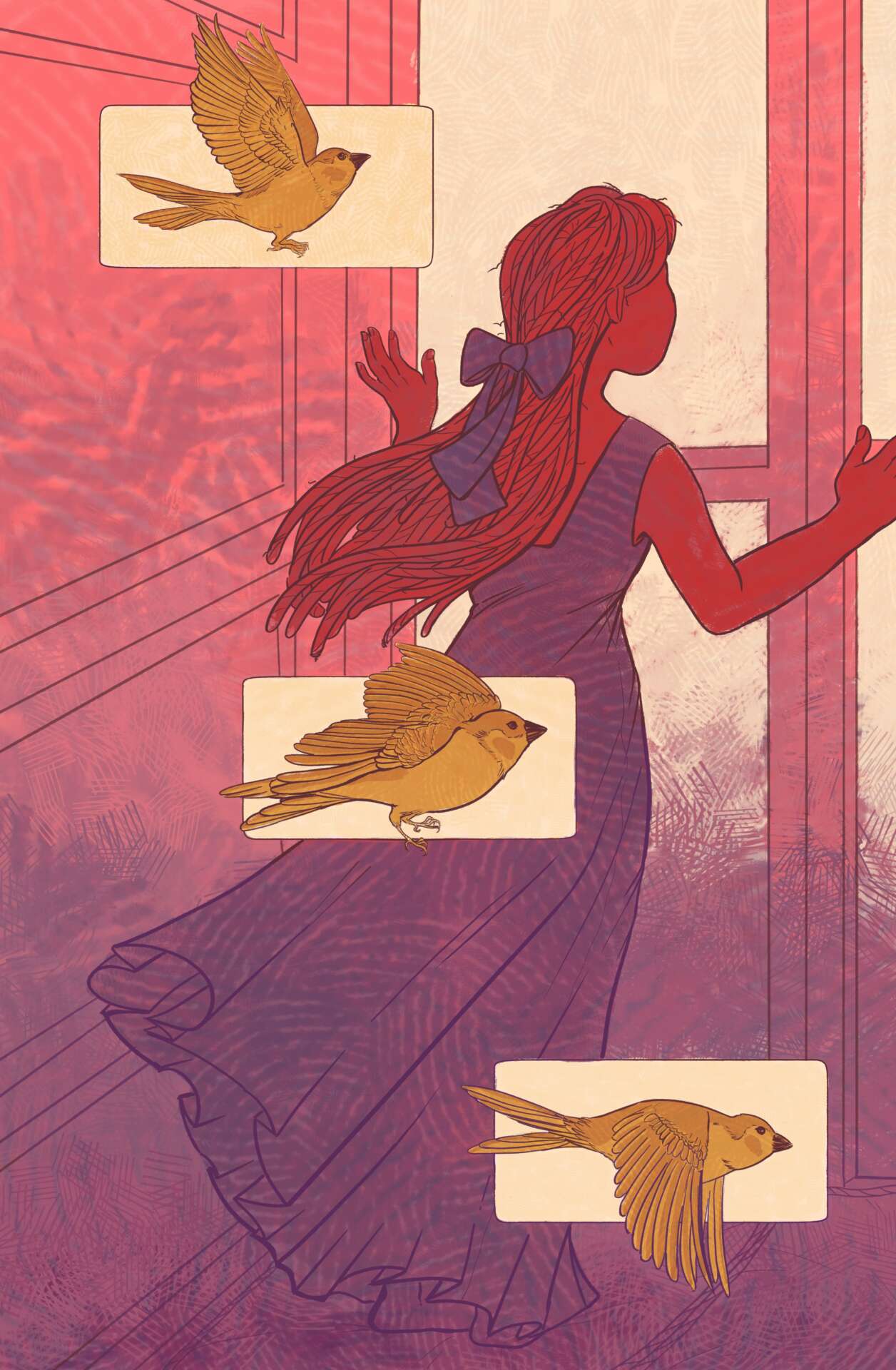
Can you tell us about a time you’ve had to pivot?
The more and more I pursue a career in illustration the more I have to redefine what a successful career would look like for me. In the past, I believed my illustration career would be full-time, and full of work that I love doing. I believe this metric of a successful art creat comes from only seeing and being taught about the most successful artist in history. Which isn’t the reality for a lot of artists. I learned that a more realistic art career wouldn’t be full-time. Mostly likely for myself, and many others pursuing an art career would include having a traditional job along with making art. This way I can have a stable stream of income alongside having, not as consistent, income for illustration. Which is something that I had to realize and be aware of.
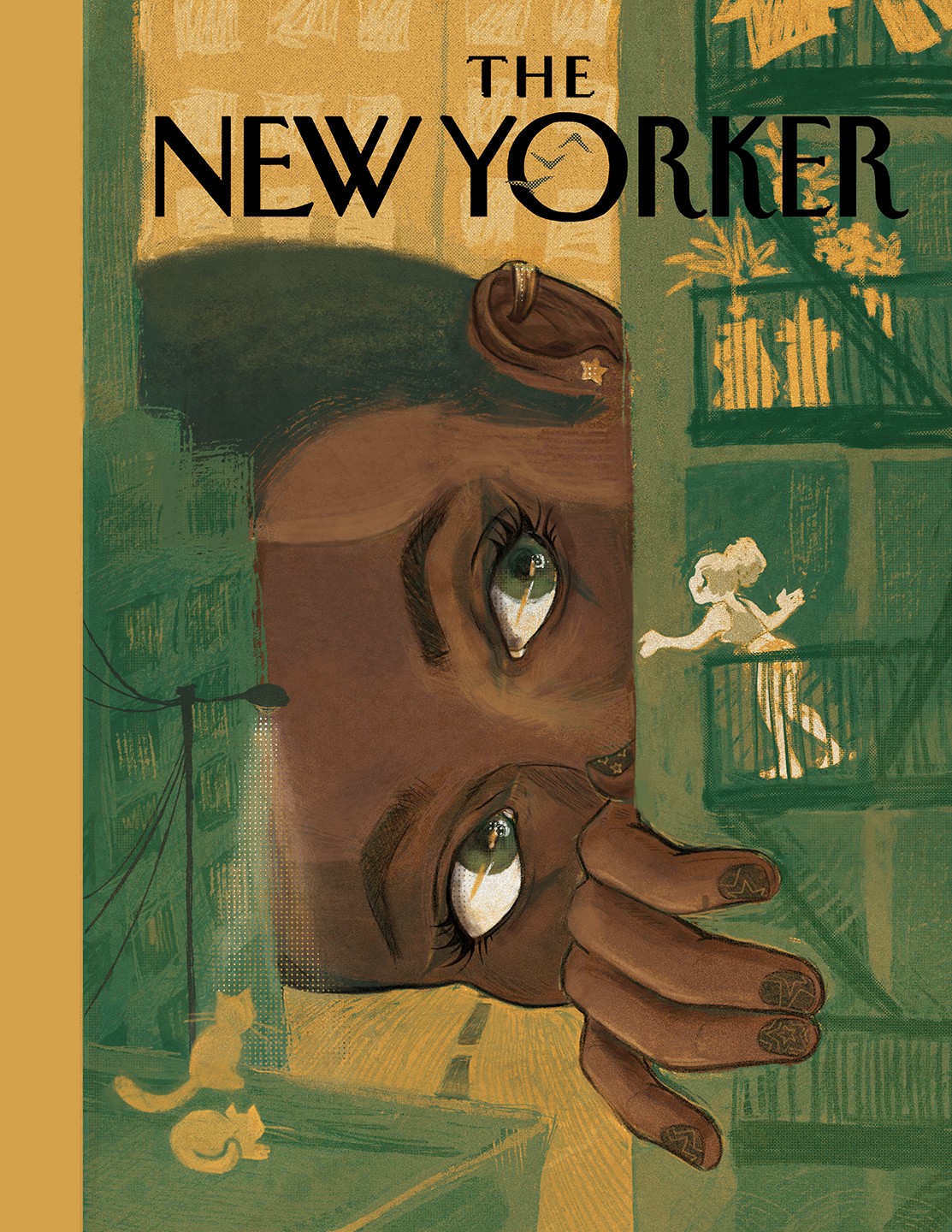
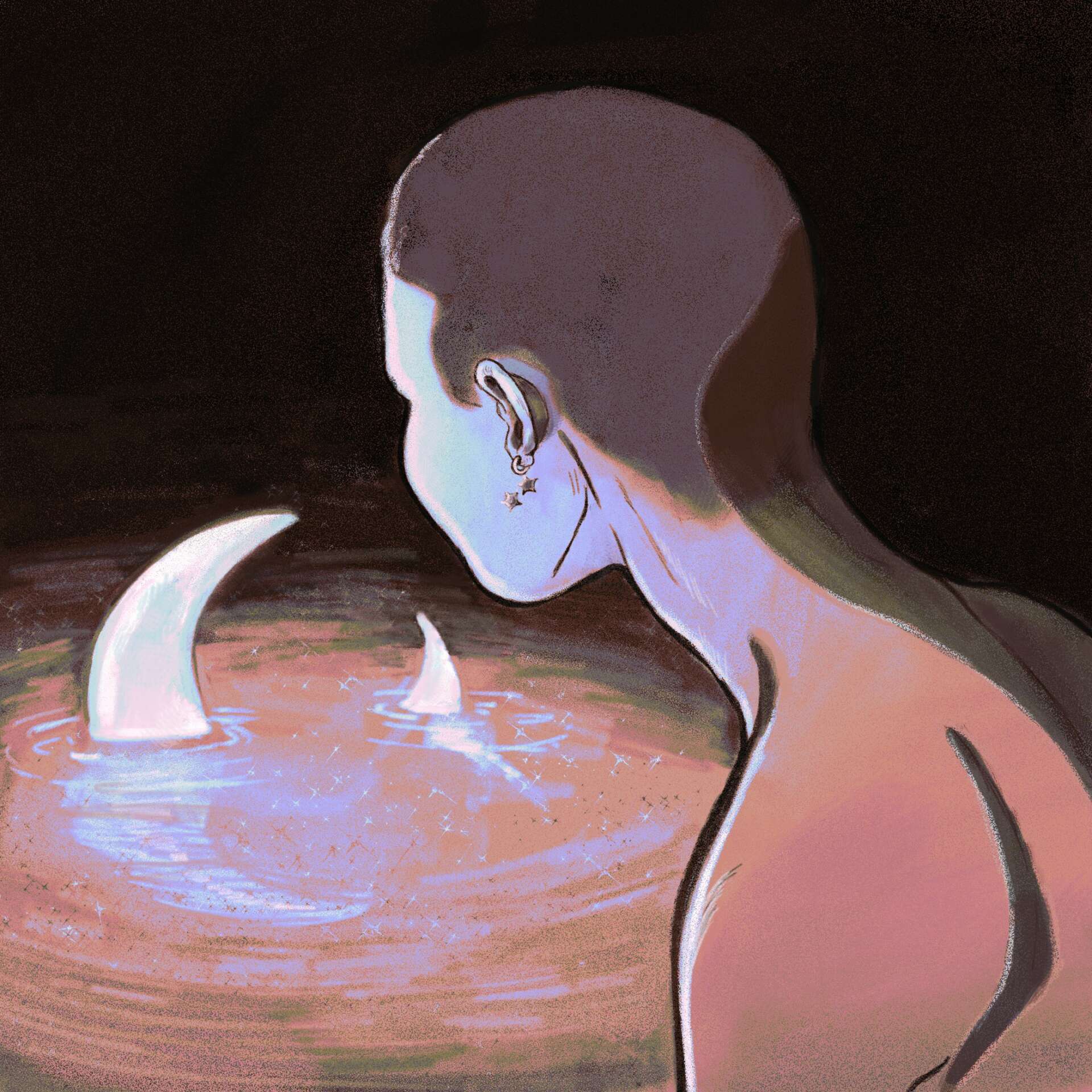
Contact Info:
- Website: https://mvclarkstudios.wixsite.com/portfolio
- Instagram: https://www.instagram.com/mvclarkstudios/
- Linkedin: https://www.linkedin.com/in/maliyah-clark-7938591b8/
- Youtube: https://www.youtube.com/channel/UCXhksoLRjoS0O_c2CoYbMJg
- Inprnt: https://www.inprnt.com/profile/mvclark_studios/
- Shop: https://blackstarcore.square.site/


